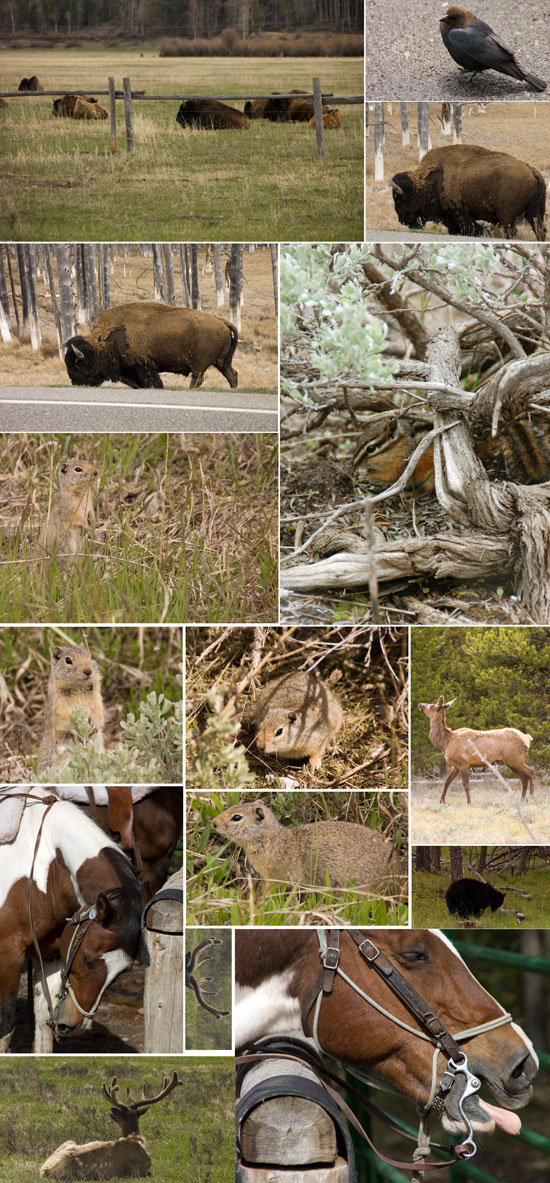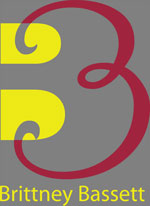Personal Pets
For your own trained pets, like cats and dogs, treat them just like people you are photographing. Photograph them in their own element, and use similar techniques as you would with young children. For other pets that aren't neccessarily trained but wont run away (especially if kept indoors), like fish, birds, and lizards, turtles and snakes, use a bit more caution for cleanliness and the potential of attack, depending on the pet. Otherwise, treat them like young children as well.Pretty much that means, use tips found in the "People" section, but act quickly, because like young children, pets wont sit still for very long.
Also, Shoot at eye level: Eye-to-eye contact is as engaging with a pet as with a person. So get down on your pet's level to create warm and intimate pictures.
Just like little kids, use props to focus attention. If your pet isn't a willing poser, use a flower, a toy, or a small snack to get its attention.
Show your pet in action: Animals love to run and play, so take pictures of them on the go to show their joy. Use a high shutter speed to stop the action. Plan the shot for the action to happen in one spot and focus on that spot.
Other (Large) Trained Animals
This is most farm type animals, like horses and cows, goat, sheep, and pigs. Animals that if they know you, they wont run awan, and if they don't know you but you approach carefully, will often let you touch them. These are often the fun ones to capture, because just like people, you can sometimes catch them doing odd things (especially horses).Again, the best way to photograph them is in their natural element and treating them like a kid with a short attention span, as these animals rarely hold still, but sometimes may strike awesome poses!
All Other Animals
As for animals you don't know who the owner is, or wild animals, use extreme caution. Wild animals can carry diseases, or like the photos of the very large animals to the right, they could trample you or attack if startled.So the best method for large wild animals is to have a zoom lens so you don't get too close, and take LOTS and LOTS of pictures. These type of pictures are the hardest to get to turn out, especially because most of the time when you see large animals like these, you are in a car traveling. So keep that finger on the shutter release.
The best way to catch the small wild animals (like hummingbirds or squirrels) on camera is to move very quietly, and still don't get too close. Zoom lenses are helpful here too. Sometimes, if you have a friendly or un-startled animal, you can get the best pictures on their level. Meaning: lay on the ground or surface they're on to get a new angle. Some animals, if you stay far enough away, will just keep going about their business, and you will catch some awesome views!
And with all of this, Be patient!!! And remember to take lots of pictures!


